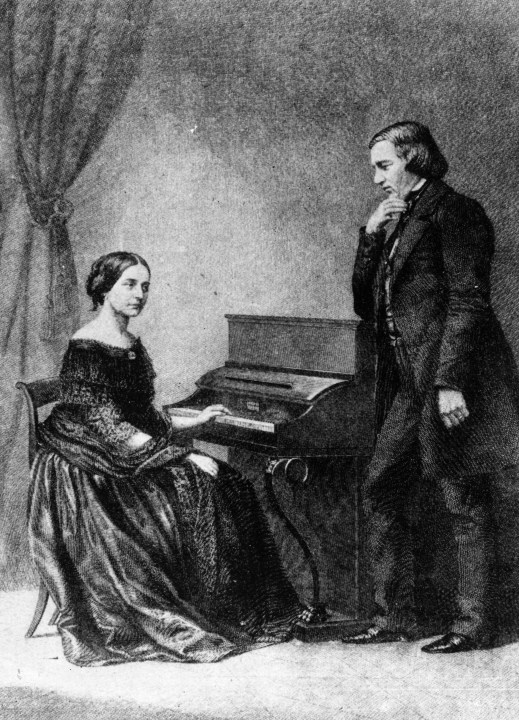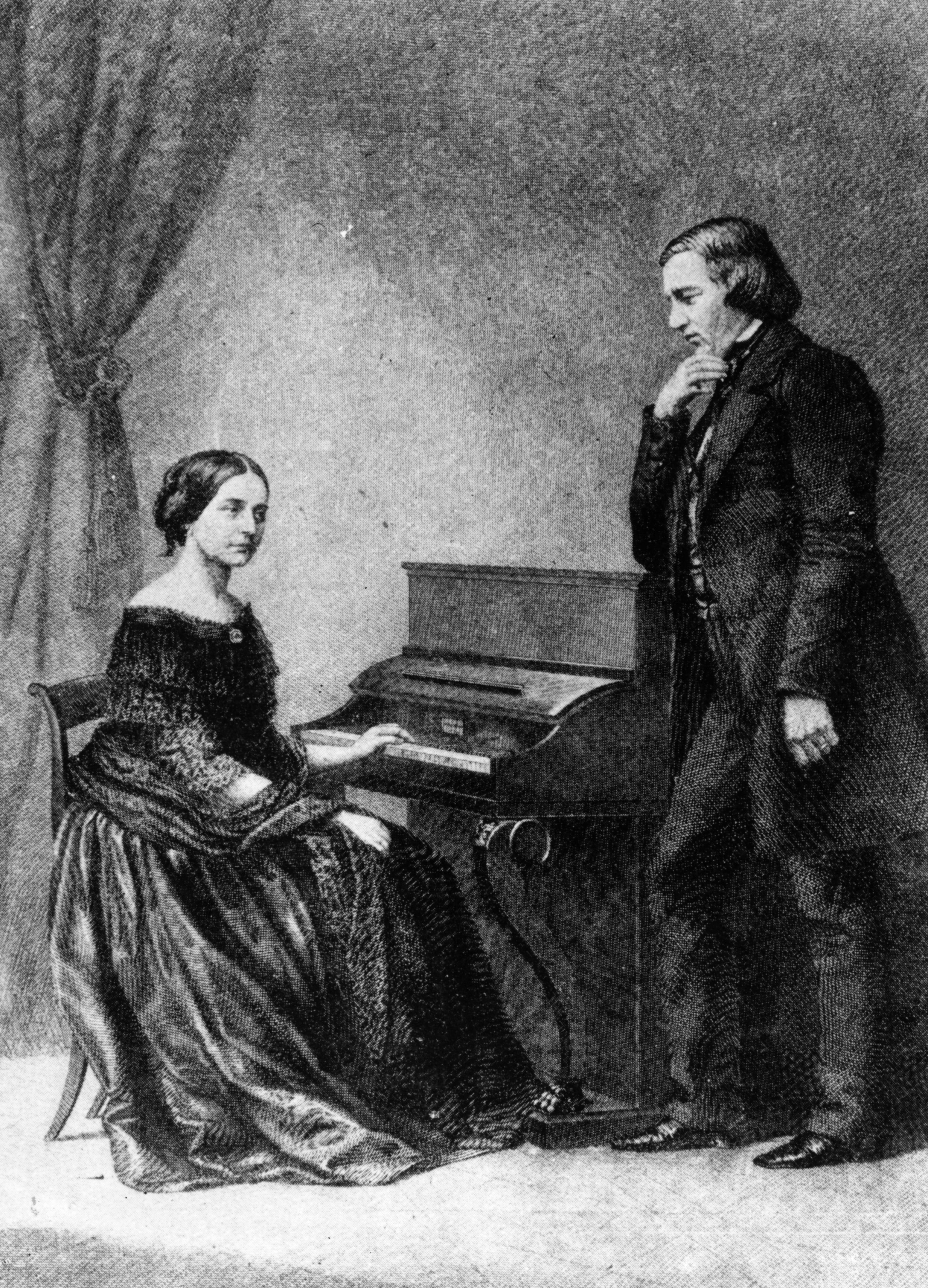Robert Schumann met a wretched end. He died in a lunatic asylum where he thought the nurses were feeding him human faeces. Meanwhile he drove his fellow residents mad by sitting at the piano and bashing out nonsense-music until he had to be dragged away — a grotesque indignity for the creator of the most bewitching quicksilver fantasies in the history of the instrument.
After Schumann’s death in 1856, the violinist Joseph Joachim hid away the strange concerto that the composer had written for him in 1853 because it showed evidence of softening of the brain. Clara, Robert’s widow, agreed. That became the conventional wisdom. The violin concerto was suppressed until 1933 when — appropriately for such spectral music — the disembodied voice of Schumann contacted two of Joachim’s nieces during a séance and demanded its recovery. The work was fished out of the Prussian state library and championed by the Nazis, who saw it as an alternative to the devilishly hummable violin concerto by the Jew Mendelssohn.
The strategy didn’t work. Audiences had been told for so long that the Schumann violin concerto was a mess that they listened out of pity. The glassy, attenuated melodies; the chug-chug-chugging of the orchestral accompaniment in the first movement; a brutally repetitive polonaise instead of a virtuoso soufflé of a finale — what more evidence do you need of declining powers?
True, some great violinists have recorded it in recent years — Gidon Kremer, Joshua Bell — but they face a problem: how do you make this awkward music flow? The finale’s the killer. Not only does the polonaise slide easily into a sedate minuet, but the poor violinist has to perform acrobatics that fly under rather than above the orchestra, so the audience hardly notices them. This impression of stateliness is even more marked if you observe Schumann’s metronome mark, which is so slow that the polonaise dancers could nip off for a cigarette between steps. Kremer and Nikolaus Harnoncourt have recorded it at that tempo. Whether I like the result depends on my mood. Put it this way: a couple of puffs on a spliff would enhance the experience.
Now, however, I’ve stumbled across a recording of the Schumann violin concerto that gets everything right, culminating in a polonaise that hypnotises rather than sedates. It’s by Renaud Capuçon with the Mahler Chamber Orchestra and Daniel Harding. Having heard it, I can come out of the closet and say: this is the violin concerto I love best. There’s a peaceful melancholy in Schumann’s last works — other examples are the Third Violin Sonata and the Ghost Variations for piano — that he salvaged from the terrors of mental illness. Here it’s overwhelming.
That illness was not depression, as we used to think, but tertiary syphilis. As John Worthen recounts in Robert Schumann: Life and Death of a Musician, the disease announced itself in small but sinister ways. Schumann would hear a note boring into his head when out walking — a poignant inversion of Beethoven’s humiliation at not being able to hear a shepherd’s pipe in the countryside. Later, neurological damage would make it appear that Schumann heard music at a different speed from other people. That may explain the perversely slow finale — but, on the other hand, the decision to hide much of the solo part in the orchestra was a deliberate evocation of an 18th-century concerto grosso.
It’s a puzzle. Although there are passages in the last Beethoven string quartets that he would have written differently if he had been able to hear, we don’t treasure them any the less. But if there is a ‘syphilitic sound’ to Schumann’s violin concerto, should that affect our judgment?
There’s an analogy here with the Dutch-American Abstract Expressionist painter Willem de Kooning (1904–97), whose last works, according to the critic Pia Kontos, ‘have an airy lightness and a lyricism for which there is no precedent in a half century of the artist’s work’. Why the sudden change?
In a word, Alzheimer’s. Some de Kooning specialists are embarrassed by the ‘senile doodlings’ of a man who couldn’t dress himself. They reject the notion that de Kooning remained a great artist despite a mind-rotting illness. But surely there’s an even more disconcerting possibility: that his genius, and Schumann’s, were fed by the illness. Brain damage released both men from convention. The results were controversial, but they raise unnerving questions about the borderline between dementia and creativity.
Listen to the looping dance in the Schumann finale. If John Adams had written it, we’d rejoice in the repetition. Does knowing the underlying pathology diminish its artistic value? I don’t think so. For too long, Schumann’s notorious ‘softening of the brain’ has tarnished the violin concerto and therefore deprived listeners of a triumph of the human spirit — and one of the loveliest and saddest pieces of music ever written.








Comments